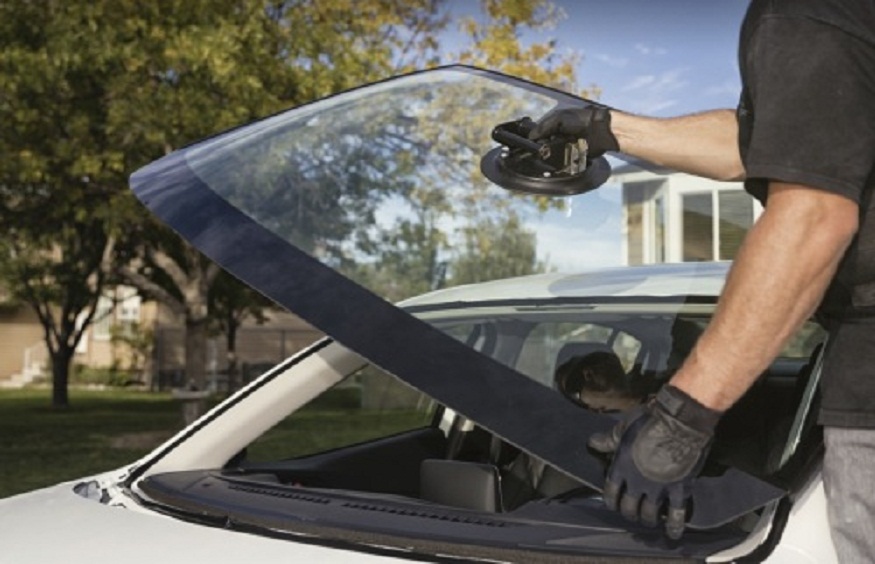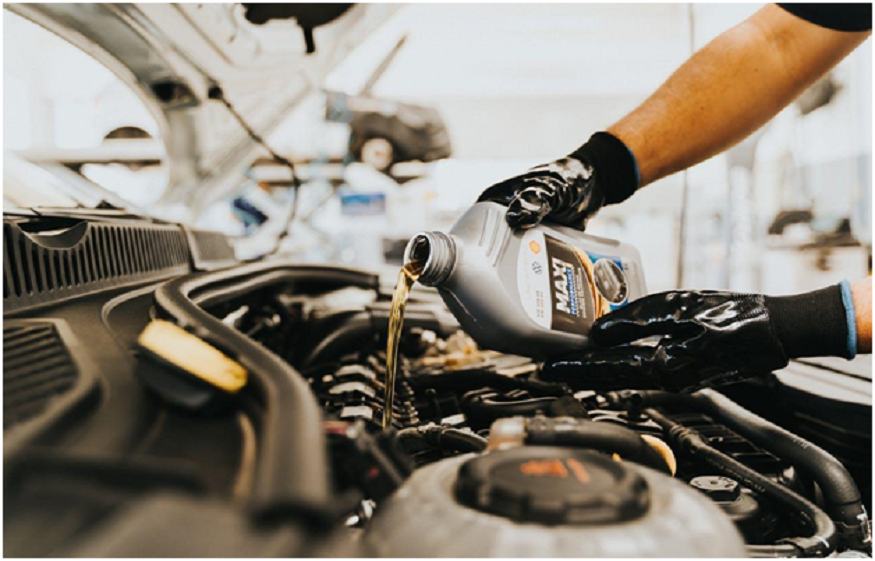When it comes to replacing a damaged windshield, choosing between an OEM (Original Equipment Manufacturer) and an aftermarket windshield is a key decision. Understanding the differences between these two options is crucial to making the right choice for your vehicle’s safety, functionality, and cost-effectiveness.
What is an OEM Windshield?
An OEM windshield is made by the same manufacturer that produced the original windshield for your vehicle. It is designed to meet the exact specifications and standards set by the car manufacturer, ensuring a perfect fit and consistent quality.
Key Features of OEM Windshields:
- Exact Fit: OEM windshields are identical to the original windshield, ensuring a precise fit without any gaps or misalignment.
- High Quality: These windshields are crafted using the same materials and manufacturing processes as the original, maintaining the vehicle’s structural integrity and safety.
- Consistent Performance: Since OEM windshields are made to the same specifications, they deliver consistent performance in terms of visibility, durability, and safety.
What is an Aftermarket Windshield?
An aftermarket windshield, on the other hand, is produced by third-party manufacturers. These windshields are designed to fit a wide range of vehicle models but may not adhere to the exact specifications of the original windshield.
Key Features of Aftermarket Windshields:
- Cost-Effective: Aftermarket windshields tend to be less expensive than OEM versions, making them a popular choice for budget-conscious consumers.
- Varied Quality: The quality of aftermarket windshields can vary depending on the manufacturer. While some may offer similar durability to OEM windshields, others may not meet the same safety standards.
- May Require Adjustments: Aftermarket windshields may not always provide the exact fit, leading to potential issues such as improper installation or sealing problems.
Differences Between OEM and Aftermarket Windshields
- Fit and Precision: OEM windshields are designed to perfectly match the vehicle’s original specifications, ensuring a flawless fit. Aftermarket windshields, while compatible with a range of models, may not fit as precisely, potentially affecting installation and performance.
- Quality and Safety: OEM windshields are rigorously tested to meet the safety standards of the vehicle manufacturer, offering peace of mind regarding quality. Aftermarket windshields, however, can vary in quality, with some manufacturers prioritizing cost over safety.
- Cost: One of the most significant differences is cost. OEM windshields are typically more expensive due to their precision and adherence to original specifications. Aftermarket windshields offer a more budget-friendly option, though it may come with trade-offs in quality and fit.
- Warranty and Support: OEM windshields often come with warranties that mirror the car manufacturer’s warranty, providing added protection. Aftermarket windshields may offer limited or no warranties, depending on the provider.
- Appearance: OEM windshields maintain the same look and design as the original, ensuring that any tinting or shading remains consistent with the vehicle’s factory appearance. Aftermarket windshields might not match the vehicle’s original tint, leading to a slight difference in appearance.
Which Should You Choose?
The choice between an OEM and an aftermarket windshield depends on your priorities. If you prioritize a perfect fit, high safety standards, and long-term durability, an OEM windshield is the better choice. However, if you’re looking for a more cost-effective solution and are willing to compromise slightly on fit or quality, an aftermarket windshield may be a suitable option.
In cases where safety systems such as ADAS (Advanced Driver Assistance Systems) are involved, opting for an OEM windshield is often recommended to ensure proper functionality. This is especially important since ADAS calibration may be required after a windshield replacement, which is best performed when the windshield matches the original specifications.
Final Thoughts
Both OEM and aftermarket windshields have their pros and cons, and your decision should align with your vehicle’s needs and your budget. If you are considering a windshield replacement and need professional assistance, be sure to explore options for windshield replacement orlando to ensure your vehicle is in good hands.
By understanding the differences between OEM and aftermarket windshields, you can make an informed decision that balances safety, cost, and performance.



